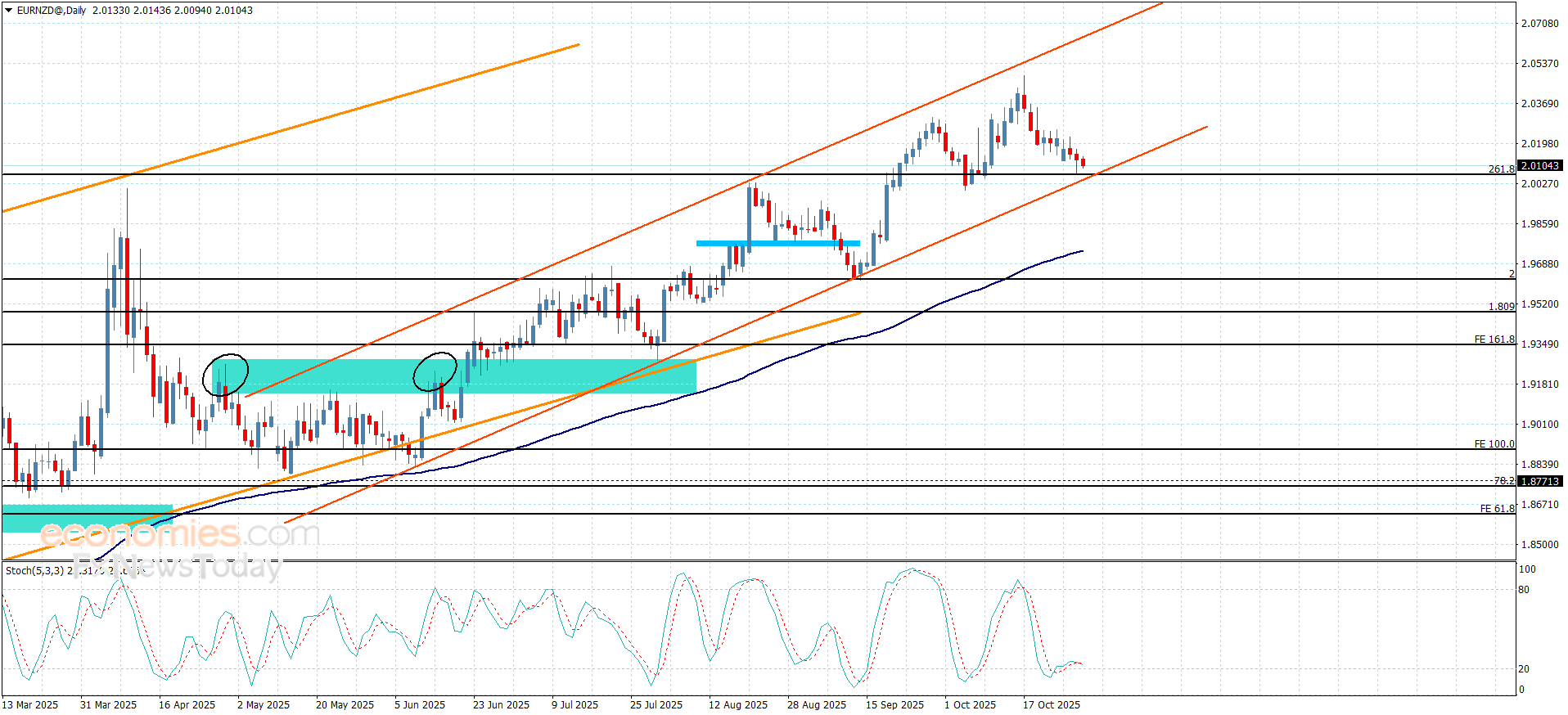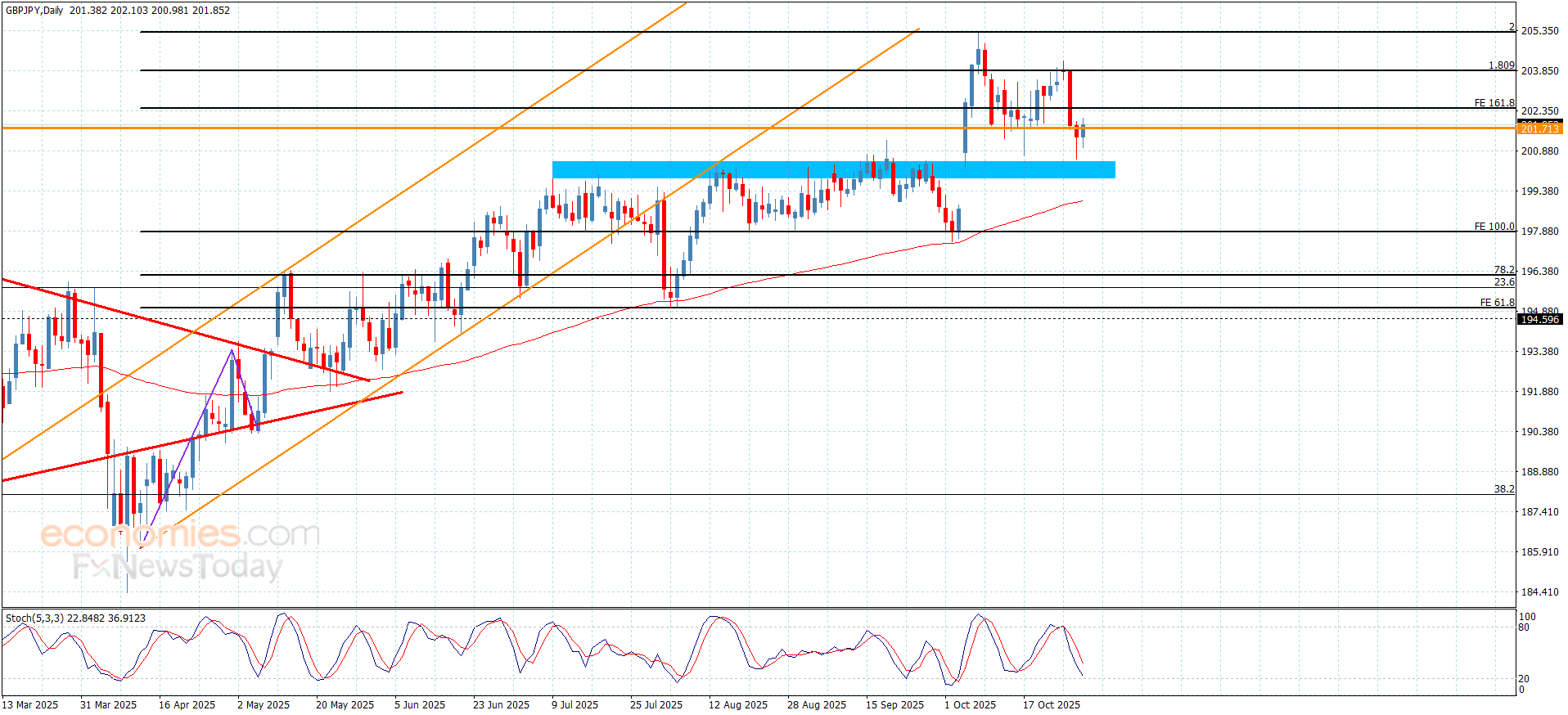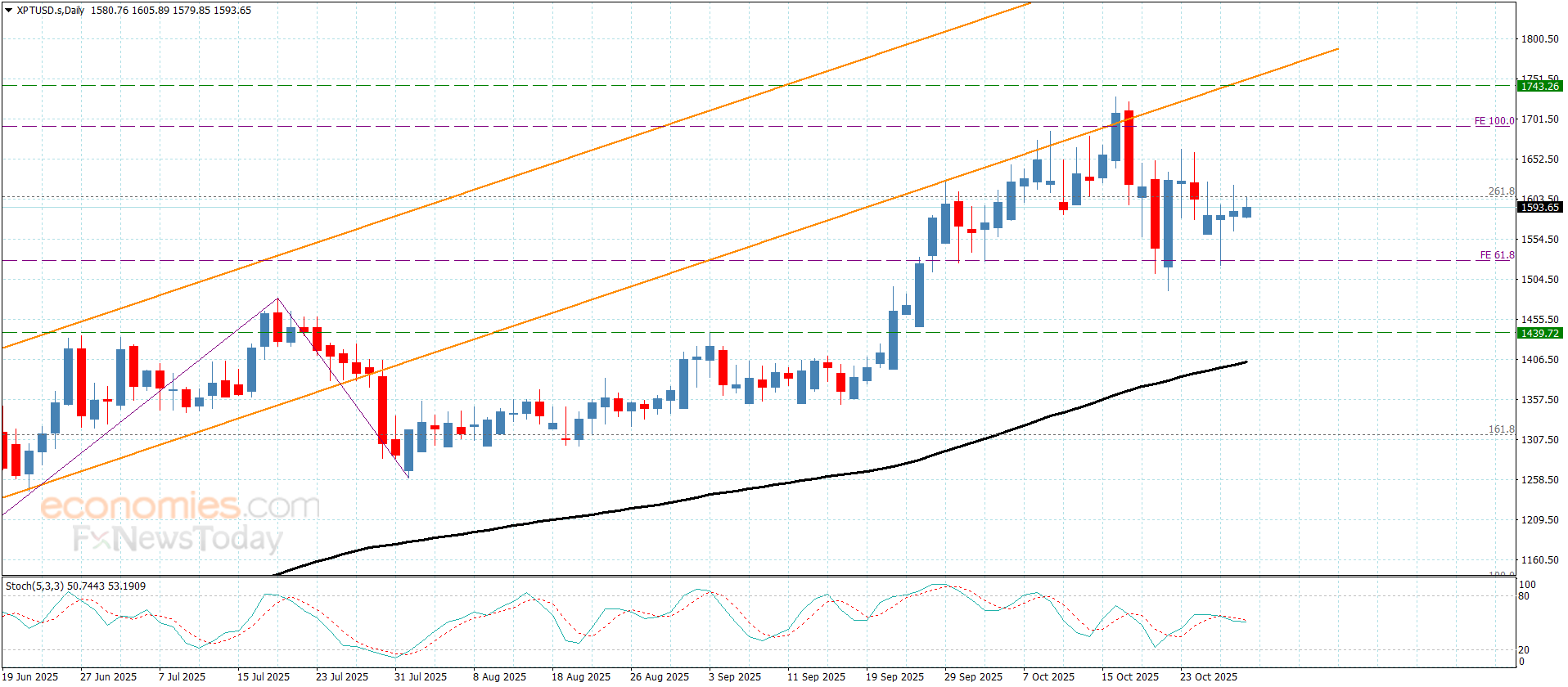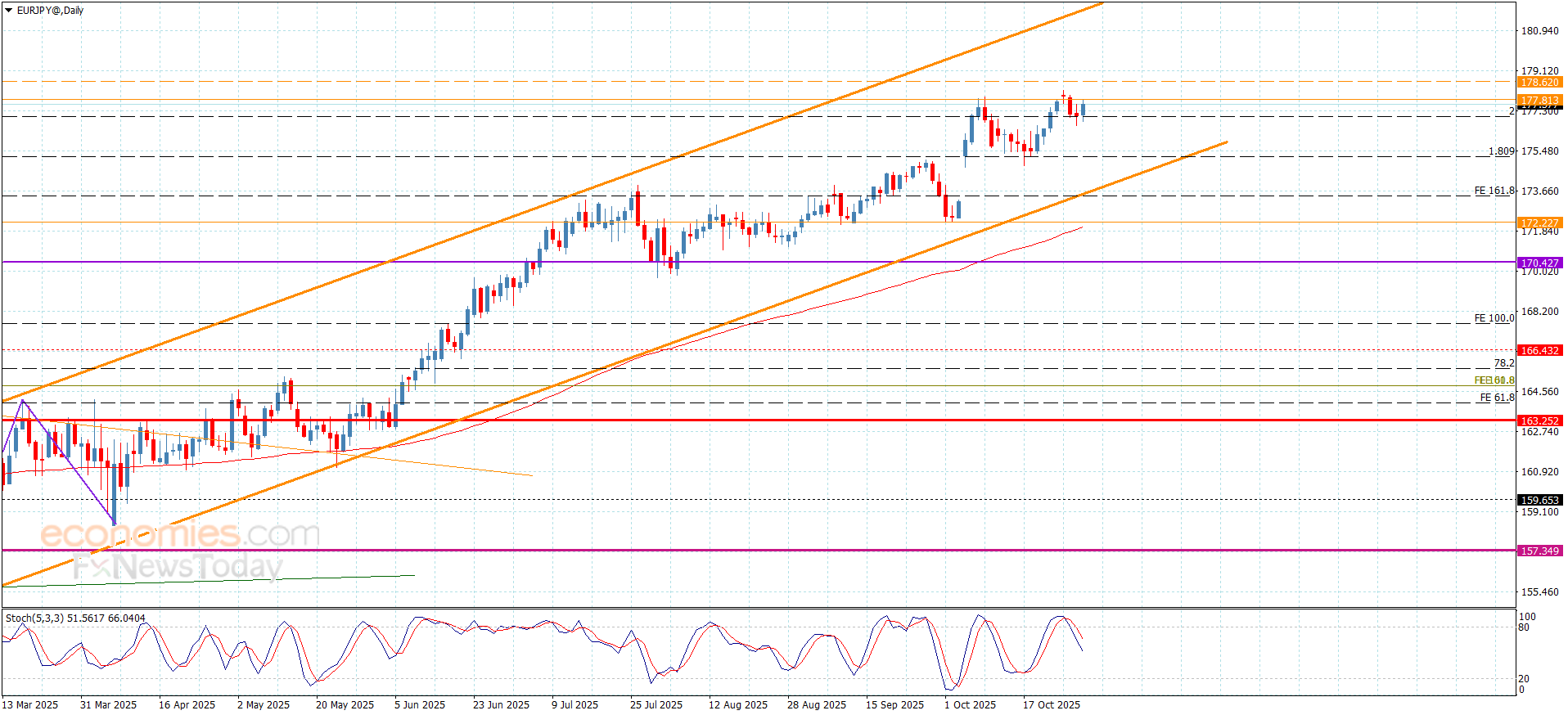Category: Forex News, News
Euro remains fragile heading into ECB decision
EUR/USD lost more than 0.4% on Wednesday and snapped a five-day winning streak. The pair holds steady and trades slightly above 1.1600 in the European morning on Thursday as investors await the European Central Bank’s (ECB) monetary policy announcements.
Euro Price This week
The table below shows the percentage change of Euro (EUR) against listed major currencies this week. Euro was the weakest against the Australian Dollar.
| USD | EUR | GBP | JPY | CAD | AUD | NZD | CHF | |
|---|---|---|---|---|---|---|---|---|
| USD | 0.21% | 1.02% | 0.48% | -0.46% | -0.56% | 0.14% | 0.36% | |
| EUR | -0.21% | 0.82% | 0.36% | -0.66% | -0.70% | -0.07% | 0.15% | |
| GBP | -1.02% | -0.82% | -0.61% | -1.48% | -1.50% | -0.89% | -0.71% | |
| JPY | -0.48% | -0.36% | 0.61% | -1.04% | -1.12% | -0.46% | -0.23% | |
| CAD | 0.46% | 0.66% | 1.48% | 1.04% | -0.14% | 0.60% | 0.78% | |
| AUD | 0.56% | 0.70% | 1.50% | 1.12% | 0.14% | 0.62% | 0.80% | |
| NZD | -0.14% | 0.07% | 0.89% | 0.46% | -0.60% | -0.62% | 0.18% | |
| CHF | -0.36% | -0.15% | 0.71% | 0.23% | -0.78% | -0.80% | -0.18% |
The heat map shows percentage changes of major currencies against each other. The base currency is picked from the left column, while the quote currency is picked from the top row. For example, if you pick the Euro from the left column and move along the horizontal line to the US Dollar, the percentage change displayed in the box will represent EUR (base)/USD (quote).
The Federal Reserve (Fed) announced late Wednesday that it lowered the policy rate by 25 basis points (bps) to the range of 3.75%-4%. This decision came in line with the market expectation.
In the post-meeting press conference, Fed Chair Jerome Powell noted that another rate cut in December is “far from assured” and explained that the outlook for employment and inflation has not changed much since the September meeting. Powell further reiterated that they need to manage the risk of more persistent inflation.
Following these comments, the CME Group FedWatch Tool’s probability of a 25 bps rate cut in December declined to 70% from about 90%. In turn, the US Dollar (USD) gathered strength and caused EUR/USD to close the day deep in the red.
The ECB is widely anticipated to leave key rates unchanged on Thursday. Ahead of the ECB policy announcements, preliminary Gross Domestic Product (GDP) growth data for the Eurozone will be featured in the European economic calendar. Markets expect the Eurozone economy to expand at a quarterly pace of 0.1% in Q3. A negative print could revive expectations for an ECB rate cut in December and weigh on the Euro with the immediate reaction.
Investors will also pay close attention to comments from ECB President Christine Lagarde. In case Lagarde adopts an optimistic tone about the economic outlook and emphasizes upside risks to inflation, the Euro could stay resilient against its rivals and open the door to a recovery in EUR/USD. Conversely, EUR/USD could start stretching lower if Lagarde acknowledges heightened uncertainty on the economic outlook.
EUR/USD Technical Analysis
EUR/USD closed below the 100-day and the 20-day Simple Moving Averages (SMAs) on Wednesday and the Relative Strength Index (RSI) indicator on the 4-hour chart dropped toward 40, reflecting a bearish tilt in the short-term technical outlook.
Looking south, the first support level could be spotted at 1.1580 (Fibonacci 61.8% retracement of the latest uptrend) before 1.1550 (static level) and 1.1500 (Fibonacci 78.6% retracement). On the upside, the 20-day SMA aligns as an interim resistance level at 1.1630 ahead of 1.1670 (100-day SMA), 1.1690-1.1700 (200-period SMA, Fibonacci 38.2% retracement).
Euro FAQs
The Euro is the currency for the 20 European Union countries that belong to the Eurozone. It is the second most heavily traded currency in the world behind the US Dollar. In 2022, it accounted for 31% of all foreign exchange transactions, with an average daily turnover of over $2.2 trillion a day.
EUR/USD is the most heavily traded currency pair in the world, accounting for an estimated 30% off all transactions, followed by EUR/JPY (4%), EUR/GBP (3%) and EUR/AUD (2%).
The European Central Bank (ECB) in Frankfurt, Germany, is the reserve bank for the Eurozone. The ECB sets interest rates and manages monetary policy.
The ECB’s primary mandate is to maintain price stability, which means either controlling inflation or stimulating growth. Its primary tool is the raising or lowering of interest rates. Relatively high interest rates – or the expectation of higher rates – will usually benefit the Euro and vice versa.
The ECB Governing Council makes monetary policy decisions at meetings held eight times a year. Decisions are made by heads of the Eurozone national banks and six permanent members, including the President of the ECB, Christine Lagarde.
Eurozone inflation data, measured by the Harmonized Index of Consumer Prices (HICP), is an important econometric for the Euro. If inflation rises more than expected, especially if above the ECB’s 2% target, it obliges the ECB to raise interest rates to bring it back under control.
Relatively high interest rates compared to its counterparts will usually benefit the Euro, as it makes the region more attractive as a place for global investors to park their money.
Data releases gauge the health of the economy and can impact on the Euro. Indicators such as GDP, Manufacturing and Services PMIs, employment, and consumer sentiment surveys can all influence the direction of the single currency.
A strong economy is good for the Euro. Not only does it attract more foreign investment but it may encourage the ECB to put up interest rates, which will directly strengthen the Euro. Otherwise, if economic data is weak, the Euro is likely to fall.
Economic data for the four largest economies in the euro area (Germany, France, Italy and Spain) are especially significant, as they account for 75% of the Eurozone’s economy.
Another significant data release for the Euro is the Trade Balance. This indicator measures the difference between what a country earns from its exports and what it spends on imports over a given period.
If a country produces highly sought after exports then its currency will gain in value purely from the extra demand created from foreign buyers seeking to purchase these goods. Therefore, a positive net Trade Balance strengthens a currency and vice versa for a negative balance.
(This story was corrected on October 30 at 08:55 GMT to say that the Federal Reserve cut the policy rate by 25 bps to 3.75%-4%, not 4%-4.25%.)
Written by : Editorial team of BIPNs
Main team of content of bipns.com. Any type of content should be approved by us.
Share this article:










